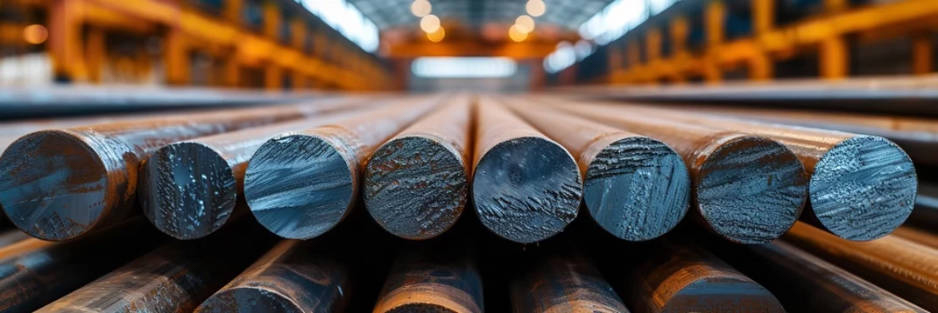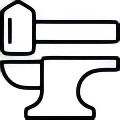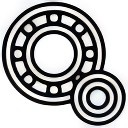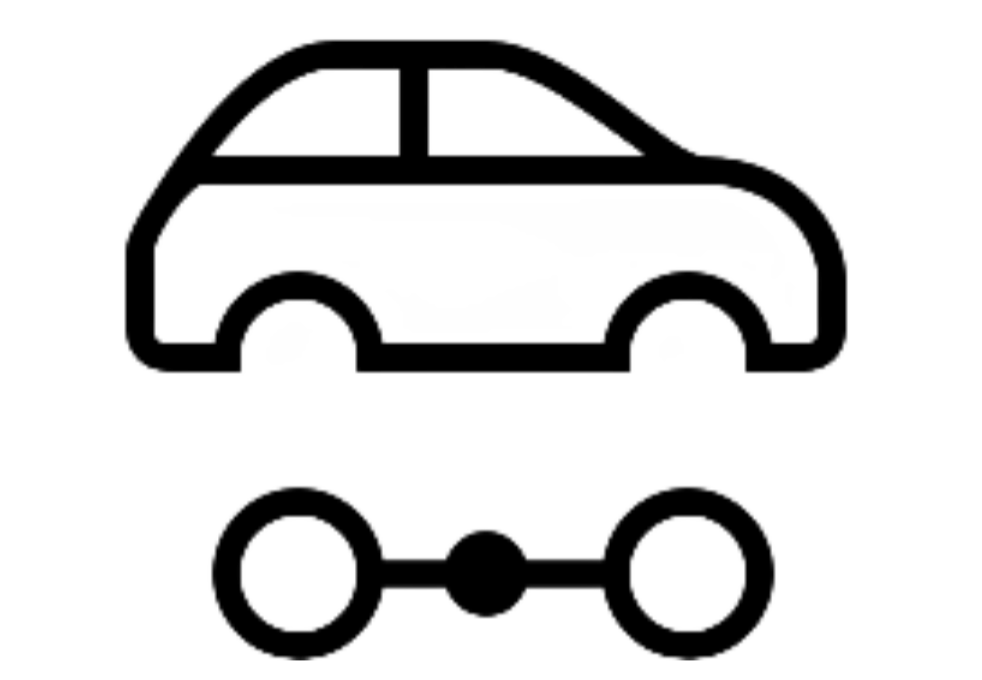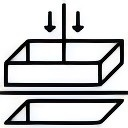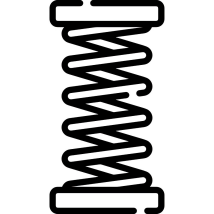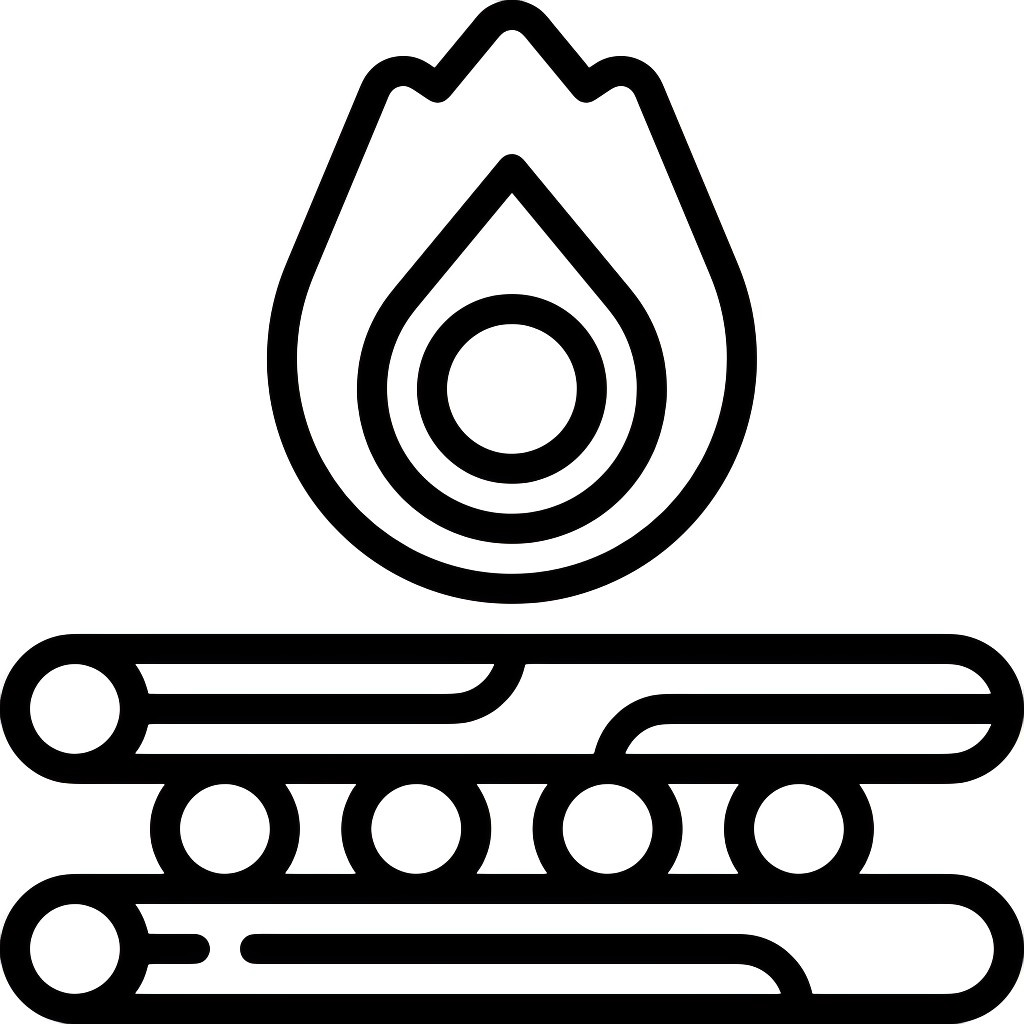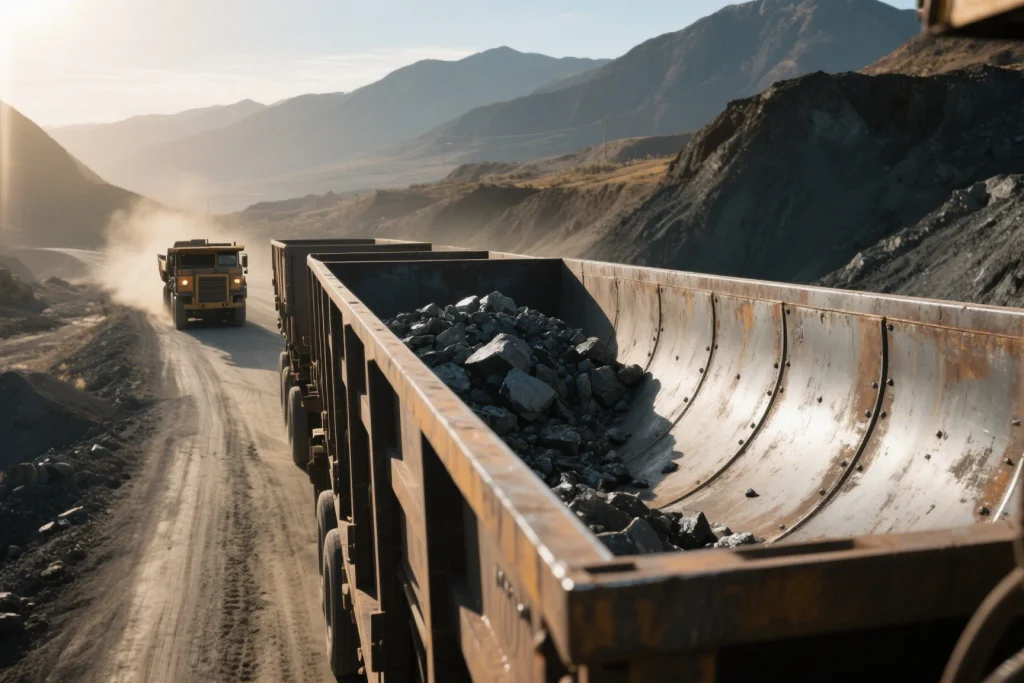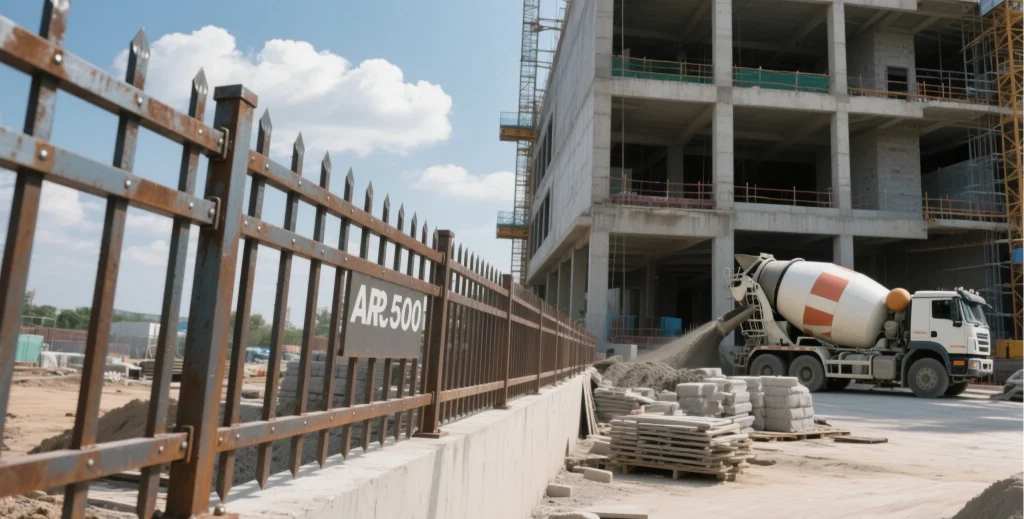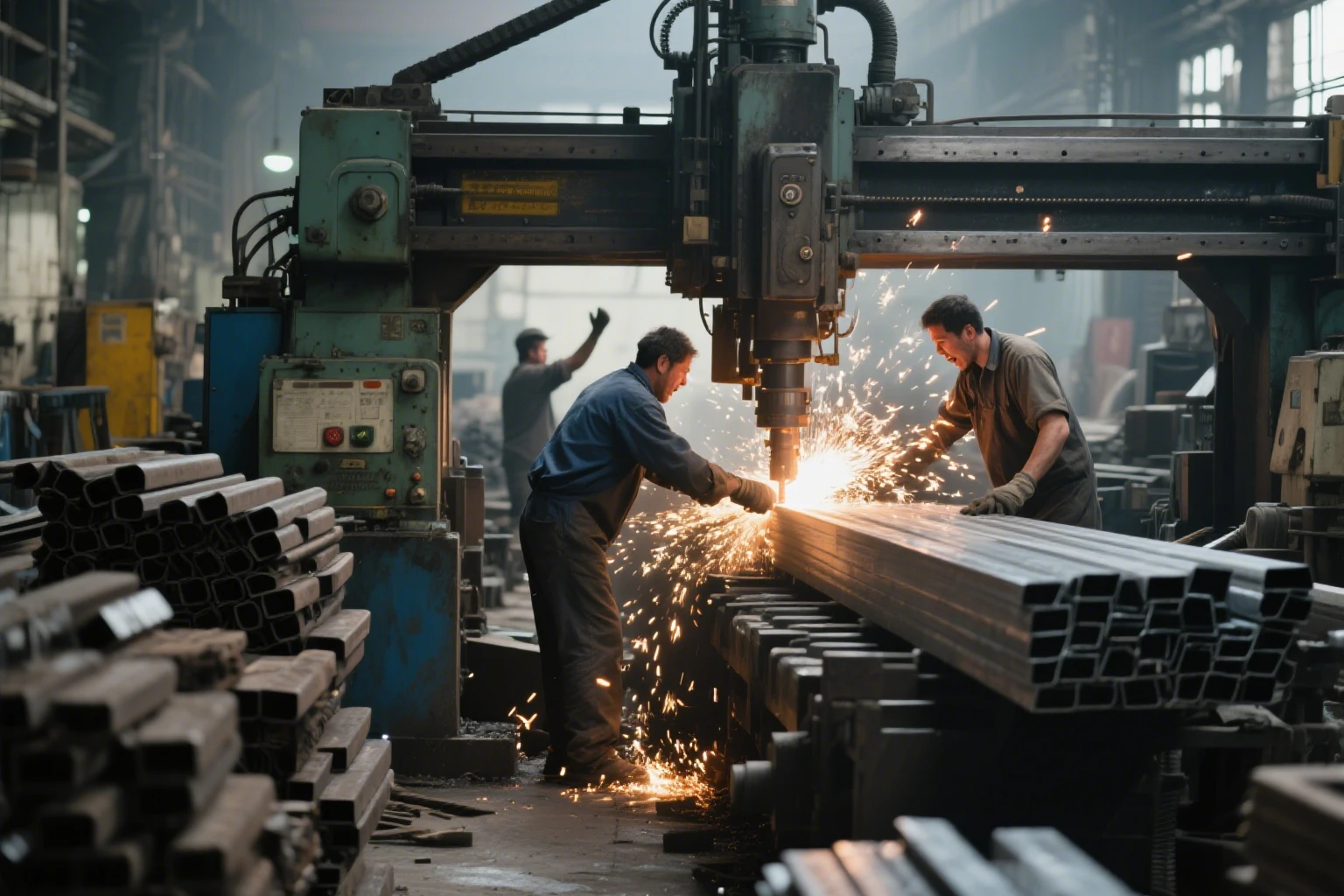What Affects How Long AR500 Steel Lasts?
Key Factors Affecting AR500 Steel Lifespan in Harsh Environments
AR500 steel’s lifespan in harsh environments depends on several factors. Corrosion, driven by moisture, chemicals, or salt exposure, accelerates deterioration, requiring protective coatings like galvanization.
Abrasion from sand, gravel, or debris erodes surfaces, though AR500’s 477–534 BHN hardness resists wear. Temperature fluctuations weaken mechanical properties, with extreme heat or cold affecting crystal structure. Mechanical stress, including impact or vibration, risks cracking if not managed. Proper maintenance, such as regular cleaning, inspections, and storage in dry conditions, extends durability. Advanced heat treatment and alloying with chromium or molybdenum further enhance resistance, ensuring longevity in demanding applications like mining or construction.
How Does Wear Resistance Make It Tougher?
AR500 is a kind of steel built to take a beating in rough places. It’s super hard, usually scoring 400 to 500 on the Brinell Hardness (HBW) scale. That hardness makes it really durable. It can shrug off scratches and dings from rocks or gritty stuff. This saves money on fixes and keeps equipment running longer. The steel’s packed with carbon and made with careful alloy tech. That helps it stay top performance even under pressure. Its knack for handling constant rubbing makes it a go-to for mining and building sites, where things get worn down fast.
How Does Thickness Affect Its Staying Power?
How thick AR500 steel is matters a lot for how long it lasts. Thicker pieces stand up better to bangs and scrapes. They last longer because of it. But newer tech lets thinner steel stay just as tough and hard. Thinner plates mean lighter gear. That’s great for carrying more without wearing out. Getting the right mix of thickness and strength is super important. It’s key for things like truck beds or conveyor belts that need to be light but sturdy.
What Do Weather and Surroundings Do to AR500 Steel?
The environment can really impact AR500 steel’s lifespan. Things like rain, crazy heat, or rusty chemicals can wear it down over time. Some types of this steel are made to fight off rust better in tough spots. For example, there’s a version that holds up in 300-500°C heat without losing its edge. Tougher steel formulas also keep it solid, no matter if the weather’s all over the place.
AR500 Steel Applications in the Mining Industry
What Keeps AR500 Strong in Rough Mining Jobs?
Mining is brutal on materials. Heavy hits and constant grinding from rocks and ores are the norm. AR500’s got the strength to take serious stress without bending. Its wear resistance means parts like digger buckets or crusher liners keep going for ages. The carbon steel in it also fights off both physical wear and damage from the environment.
AR500’s blend of hardness and toughness cuts down on broken equipment. Parts made from this steel don’t need replacing as often as regular stuff. That keeps mining work humming along smoothly.
How Does AR500 Hold Up Under Intense Mining Wear?
AR500 shines when things get abrasive. Its special makeup is designed to resist wear. In mining gear like crushers, chutes, or loaders, rough materials can wreck things fast. But AR500 sheets or plates act like a tough shield against that damage.
This steel can be turned into all sorts of shapes—sheets, tubes, you name it. That makes it super versatile. Even though it’s hard, you can still work it with the right tools, like ones that melt metal. This makes building or fixing stuff easier. Extra elements in the steel boost its toughness. So, even after tons of hits or scrapes in mining, it stays solid.
All in all, AR500’s toughness and flexibility make it a must-have for industries dealing with extreme conditions. Whether it’s harsh weather or heavy mining gear, this steel keeps proving it’s reliable and long-lasting.
How’s AR500 Steel Used in Construction?
Why’s Wear Resistance So Important for Construction Gear?
Abrasion-resistant steel, like AR500, is made to handle serious surface damage in tough settings. In construction, it’s a lifesaver. It stands up to constant scraping from stuff like sand, gravel, or debris. Its hardness, between 400 and 500 Brinell Hardness (HBW), gives it awesome protection against wear and bangs. This cuts down on repair needs. It also makes parts like digger buckets, loader blades, and truck beds last way longer.
Construction gear deals with rough conditions all the time. Friction and impacts just happen. AR500’s high carbon and smart alloy tech make it super sturdy. It doesn’t buckle under stress. That strength keeps machines going, even when they’re grinding against rocks or rough stuff. Hardened steel plates stop equipment from breaking down. This means less downtime and steady work on building sites.
What Makes AR500 Great for Construction Parts?
Construction components and wear-prone infrastructure elements need to be strong, tough, and adaptable. AR500 checks all those boxes. Its high strength lets it withstand repetitive mechanical stress and structural deformation, ensuring longevity. That’s perfect for jobs with heavy loads or hard hits.
AR500’s high-carbon composition provides enhanced load-bearing capabilities while maintaining material efficiency. That saves energy when moving or setting things up. Advanced alloy engineering allows for the production of thinner yet highly wear-resistant sheets, ideal for dynamic structural applications in construction machinery and equipment.
Even with its hardness, AR500 can be cut, welded, or shaped with the right tools. Simple welding tricks make building parts quick without losing quality. Plus, AR500 can be made into sheets, tubes, or other forms. That opens up tons of uses in construction.
Promispecial®’s AR500 Steel for Mining and Construction
Promispecial® makes AR500 steelproducts perfect for mining and construction. These are built to handle crazy conditions while working like champs. Our wear-resistant steel is used in big coal mining machines, construction gear, dump trucks, metalworking, and ports.
One big perk of Promispecial®’s AR500 is how long it lasts. This steel can keep going two to three times longer than others—sometimes even five times or more. That means fewer replacements and less time fixing broken stuff.
Promispecial® uses top-notch tech to make our AR500 even better. Tools that melt metal let us fine-tune the steel’s makeup. This gives it killer wear resistance, ideal for heavy-hitting jobs like crushers or chutes.
On top of toughness, Promispecial®’s AR500 is good for the planet. Thinner, stronger parts cut down on CO2 from transport and use. For example, AR500 sheets in truck beds let you haul more while staying tough.
Our crack-resistant, high-toughness steels work great in all kinds of weather, landscapes, and job sites. These steels tackle big challenges and stay dependable over time.
Promispecial®’s products aren’t just for standard jobs. They can be customized into plates, tubes, or molds for unique machine parts. This means clients get exactly what they need.
With smart manufacturing and a focus on quality, Promispecial® is a top name that you should contact in tough, wear-resistant steel for demanding industries around the globe.
FAQ
Q: What makes AR500 steel so durable for mining and construction?
A: AR500 steel is super tough because of its high hardness, usually between 400 and 500 Brinell Hardness (HBW). It’s designed to resist wear from rough materials like rocks, sand, or gravel. Its carbon-heavy makeup and special alloy tech help it stay strong under stress, making it perfect for heavy-duty jobs like mining buckets or construction loaders.
Q: How does the thickness of AR500 steel affect its lifespan?
A: Thicker AR500 steel lasts longer since it can take more wear and impacts. But newer tech lets thinner plates stay just as tough. This means you can use lighter steel for things like truck beds without losing durability, which is great for carrying more weight efficiently.

